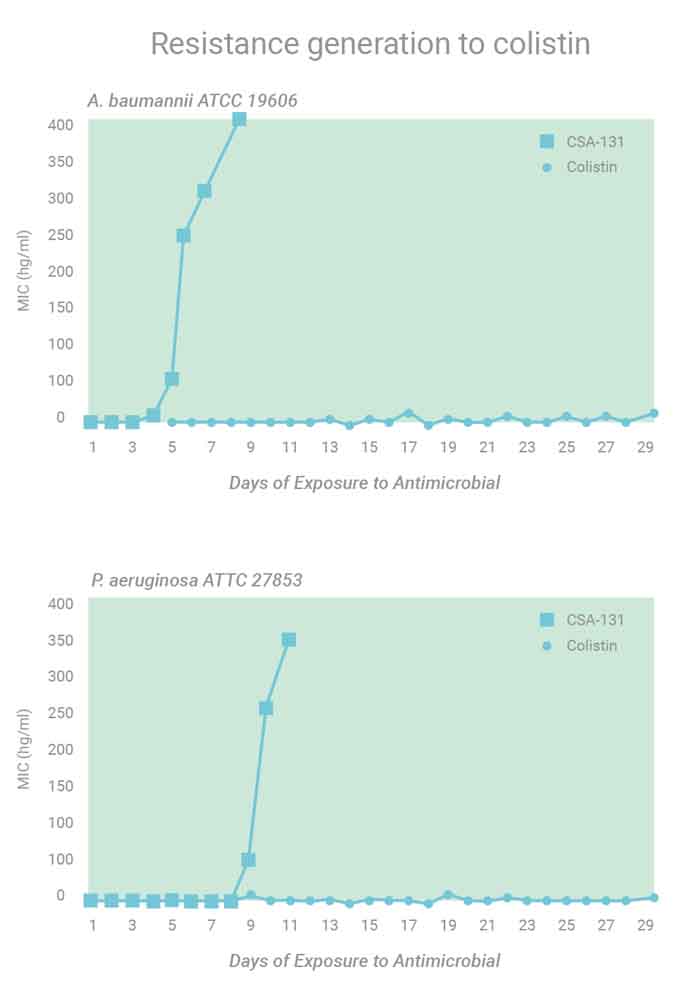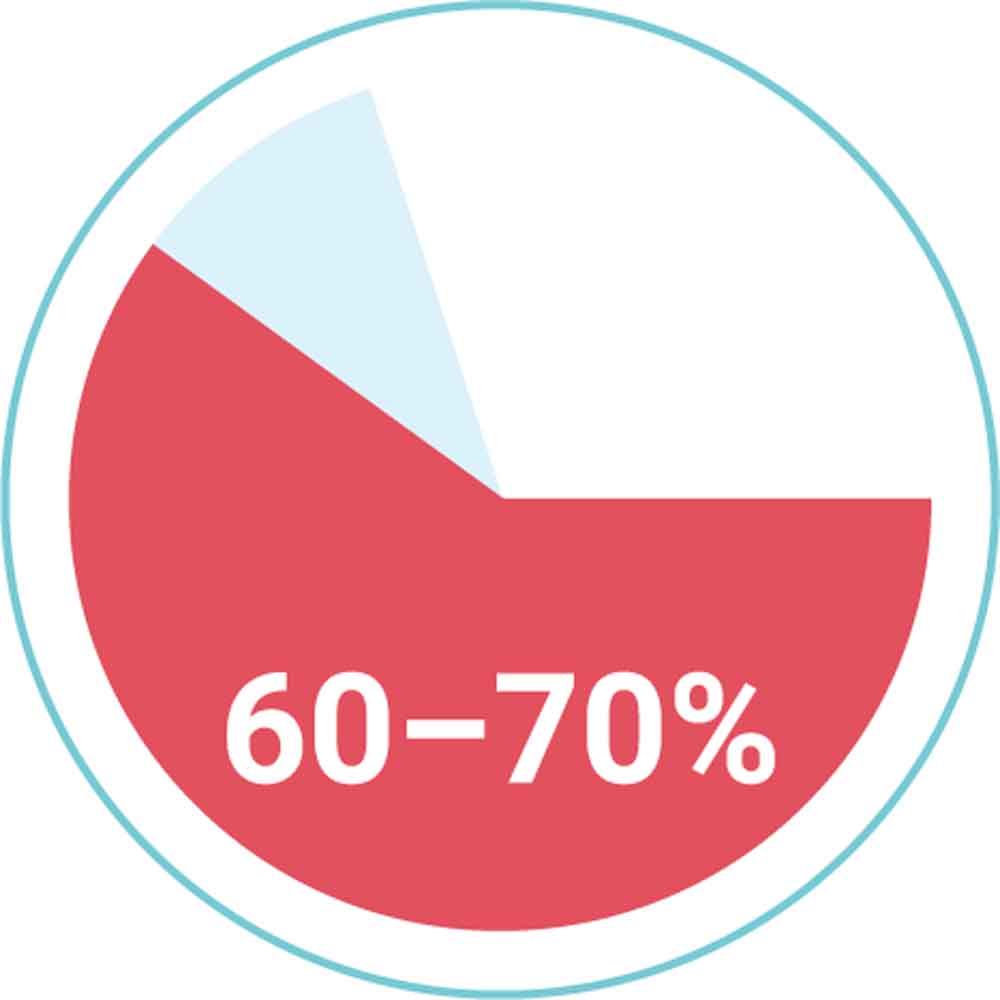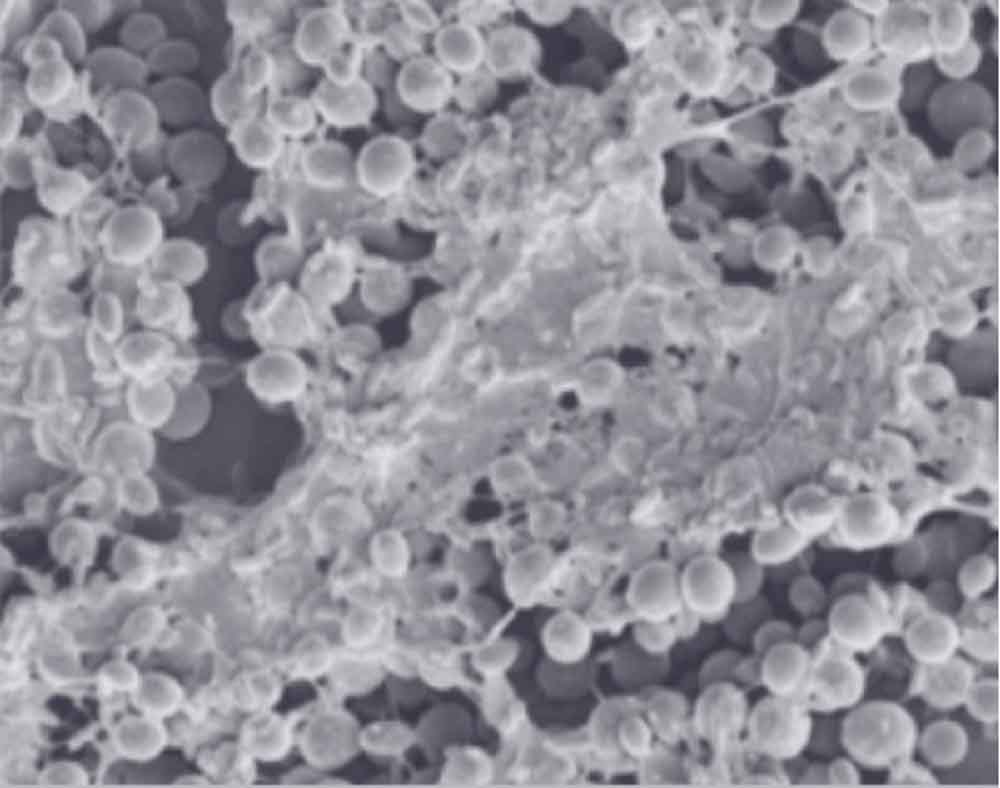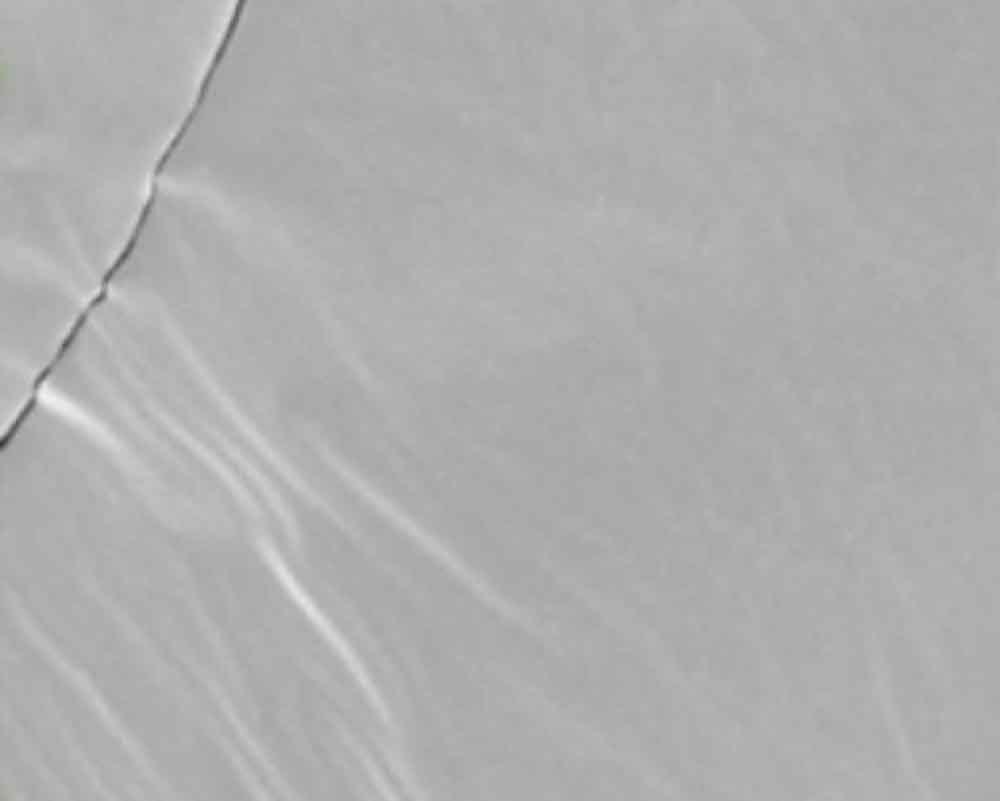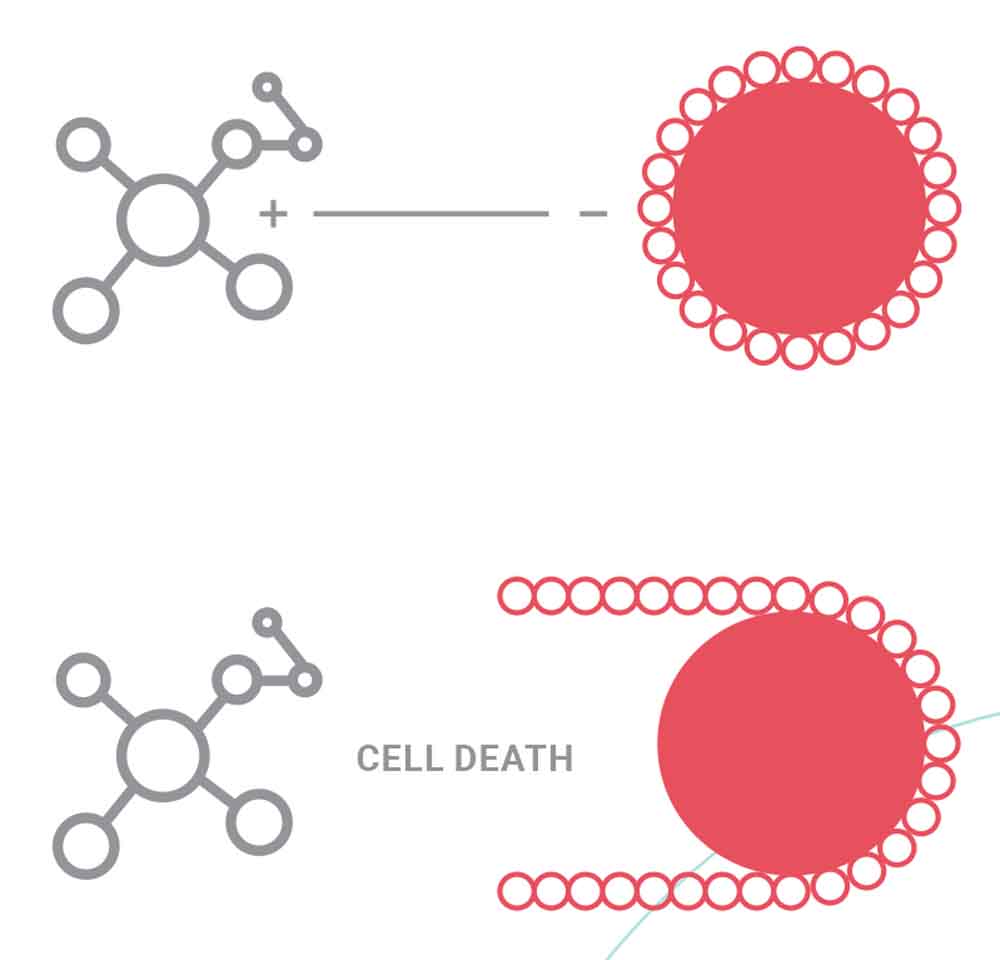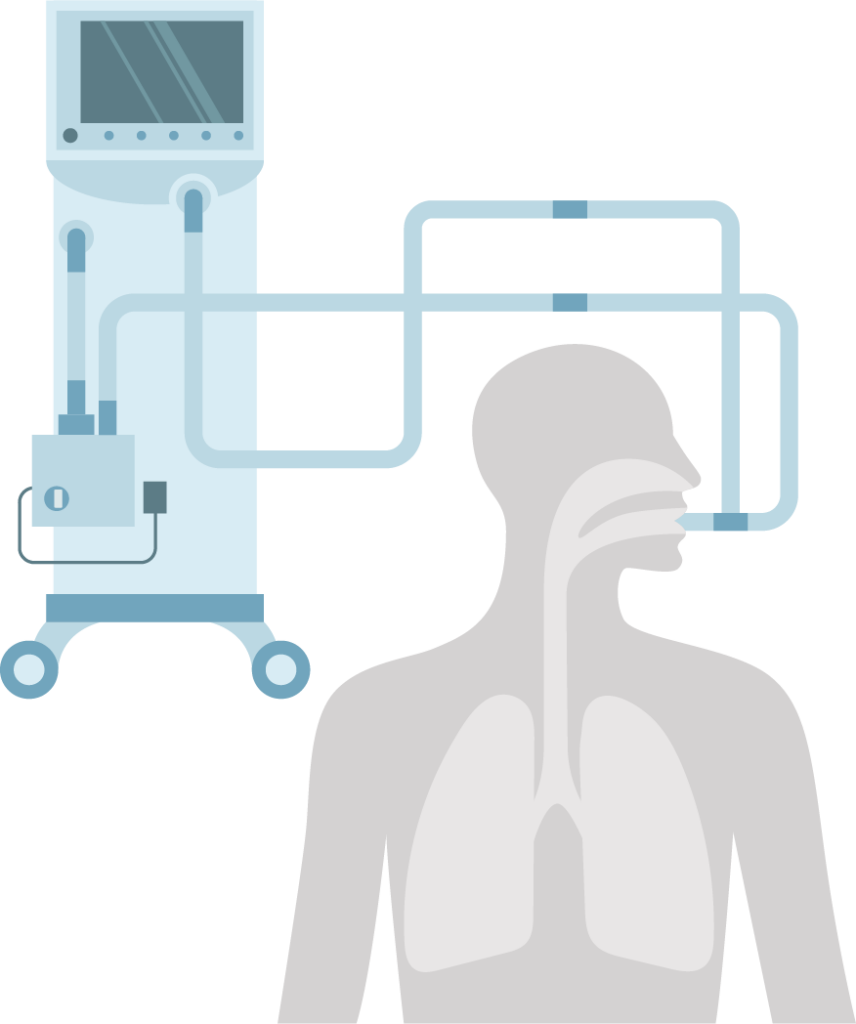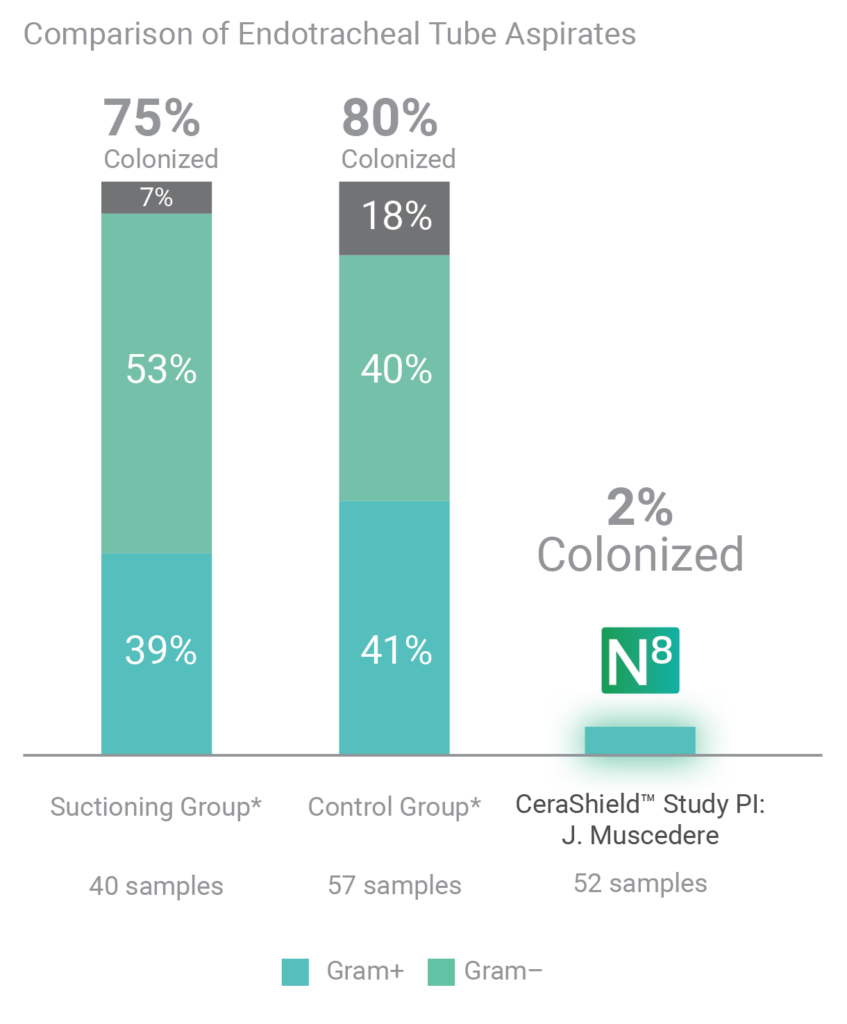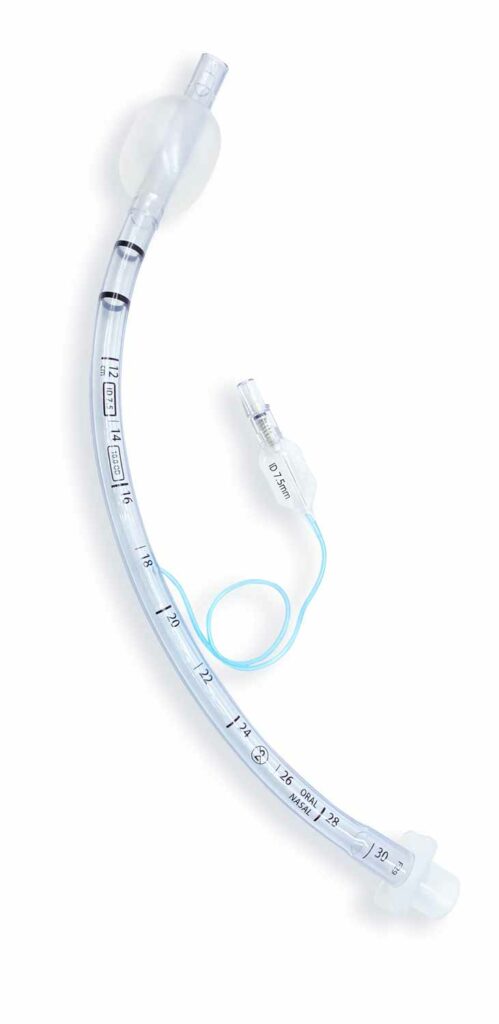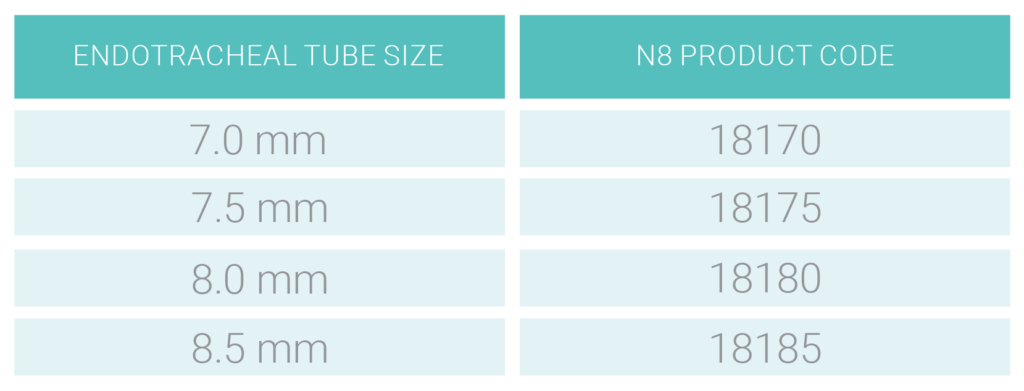Ordinary medical devices allow millions of pathogenic CFUs to grow within hours and act as a reservoir of infectious agents, leading to inflammation and infection.
The resistance of bacteria in biofilms to antibiotics can be 10–1,000X that of the corresponding planktonic cells. 5
The rates of horizontal plasmid transfer were several orders of magnitude higher in the biofilms
than in liquid cultures of the same organisms. 6
1. Jamal, m.; ahmad, w.; andleeb, s.; jalil, f.; imran, m.; nawaz, m.a.; hussain, t.; ali, m.; rafiq, m.; kamil, m.a.
bacterial biofilm and associated infections. j. chin. med. assoc. 2018, 81, 7–11.
2. Khatoon, z.; mctiernan, c.d.; suuronen, e.j.; mah, t.-f.; alarcon, e.i. bacterial biofilm formation on implantable
devices and approaches to its treatment and prevention. heliyon 2018, 4, e01067..
3. Gyawali b, ramakrishna k, dhamoon as. sepsis: the evolution in definition, pathophysiology, and management.
sage open med. 2019;7:2050312119835043. published 2019 mar 21. doi:10.1177/2050312119835043..
4. Yasir, m.; willcox, m.d.p.; dutta, d. action of antimicrobial peptides against bacterial biofilms. materials 2018,
11, 2468..
5. Kisil, o.v.; efimenko, t.a.; gabrielyan, n.i.; efremenkova, o.v. development of antimicrobial therapy methods to
overcome the antibiotic resistance of acinetobacter baumannii. acta nat. 2020, 12, 34–45..
6. Rodney m. donlan, biofilm formation: a clinically relevant microbiological process, clinical infectious
diseases, volume 33, issue 8, 15 october 2001, pages 1387–1392, https://doi.org/10.1086/322972.
